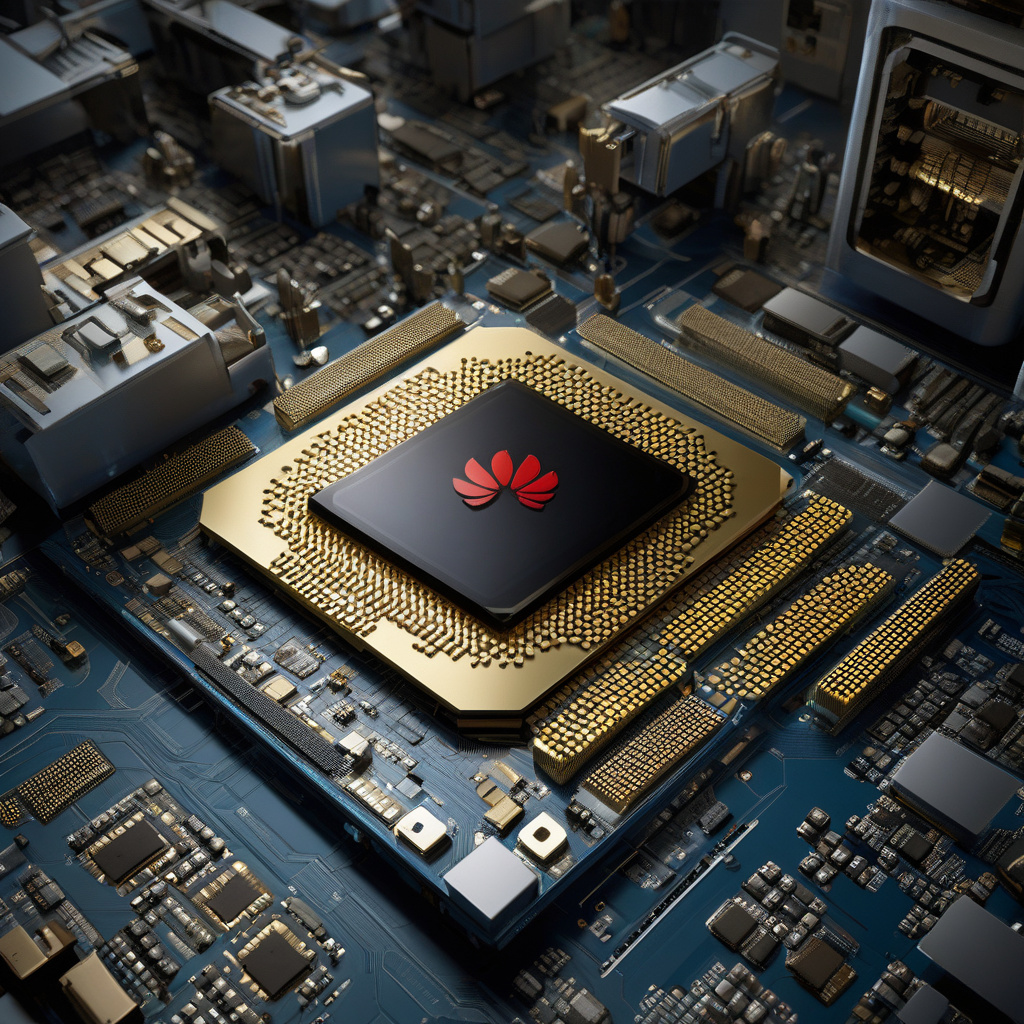Chip war heats up: Huawei 910C emerges as China’s answer to US export bans
China’s Huawei Technologies is set to begin mass shipments of its newest artificial intelligence chip, the Huawei 910C, in a bold move that could potentially disrupt the global semiconductor industry. With the ongoing trade tensions between the United States and China, Huawei has been facing export bans that restrict its access to crucial technologies, including semiconductors. In response, the company has been investing heavily in developing its own semiconductor solutions to reduce its reliance on foreign suppliers.
The Huawei 910C, which is built using cutting-edge 7nm process technology, is designed to power the company’s upcoming range of AI-enabled products, including smartphones, servers, and other smart devices. The chip boasts impressive performance metrics, with Huawei claiming that it outperforms competing chips from industry giants like Nvidia and Intel in terms of both speed and power efficiency.
One of the key advantages of the Huawei 910C is its integration of a dedicated neural processing unit (NPU), which accelerates AI workloads and enables more efficient AI processing. This feature is particularly crucial in today’s data-driven world, where AI capabilities are becoming increasingly important across a wide range of applications, from image recognition to natural language processing.
By developing its own AI chip, Huawei aims to not only secure a stable supply of essential components but also to establish itself as a major player in the global semiconductor market. With the 910C, the company is signaling its ambition to compete head-to-head with established chipmakers and carve out a significant market share for itself.
The emergence of the Huawei 910C comes at a time when the semiconductor industry is experiencing rapid evolution and intense competition. As AI, 5G, and Internet of Things (IoT) technologies continue to advance, the demand for specialized chips that can support these innovations is growing exponentially. Companies that can develop cutting-edge semiconductor solutions tailored to these emerging technologies stand to gain a competitive edge in the market.
In light of the geopolitical tensions surrounding technology and trade, the development of domestic semiconductor capabilities has become a strategic priority for many countries, including China. The Chinese government has been actively supporting the growth of its semiconductor industry through investments, incentives, and policy initiatives aimed at reducing reliance on foreign technologies.
Huawei’s launch of the 910C represents a significant milestone in China’s quest for technological self-sufficiency and semiconductor independence. By showcasing its ability to develop world-class AI chips, Huawei is not only addressing its own supply chain challenges but also demonstrating the country’s growing capabilities in semiconductor innovation.
As the chip war between the US and China continues to escalate, the emergence of the Huawei 910C underscores the shifting dynamics of the global semiconductor industry. With Chinese companies increasingly investing in homegrown semiconductor technologies, the traditional dominance of US and Taiwanese chipmakers is being challenged, leading to a more diverse and competitive landscape.
In conclusion, the Huawei 910C is not just a new AI chip; it is a symbol of China’s determination to assert itself in the semiconductor market and reduce its dependence on foreign technologies. As Huawei prepares to mass ship the 910C, the industry is bracing for a new era of competition, innovation, and technological sovereignty.
Huawei, 910C, semiconductor, AI chip, China’s technology independence












